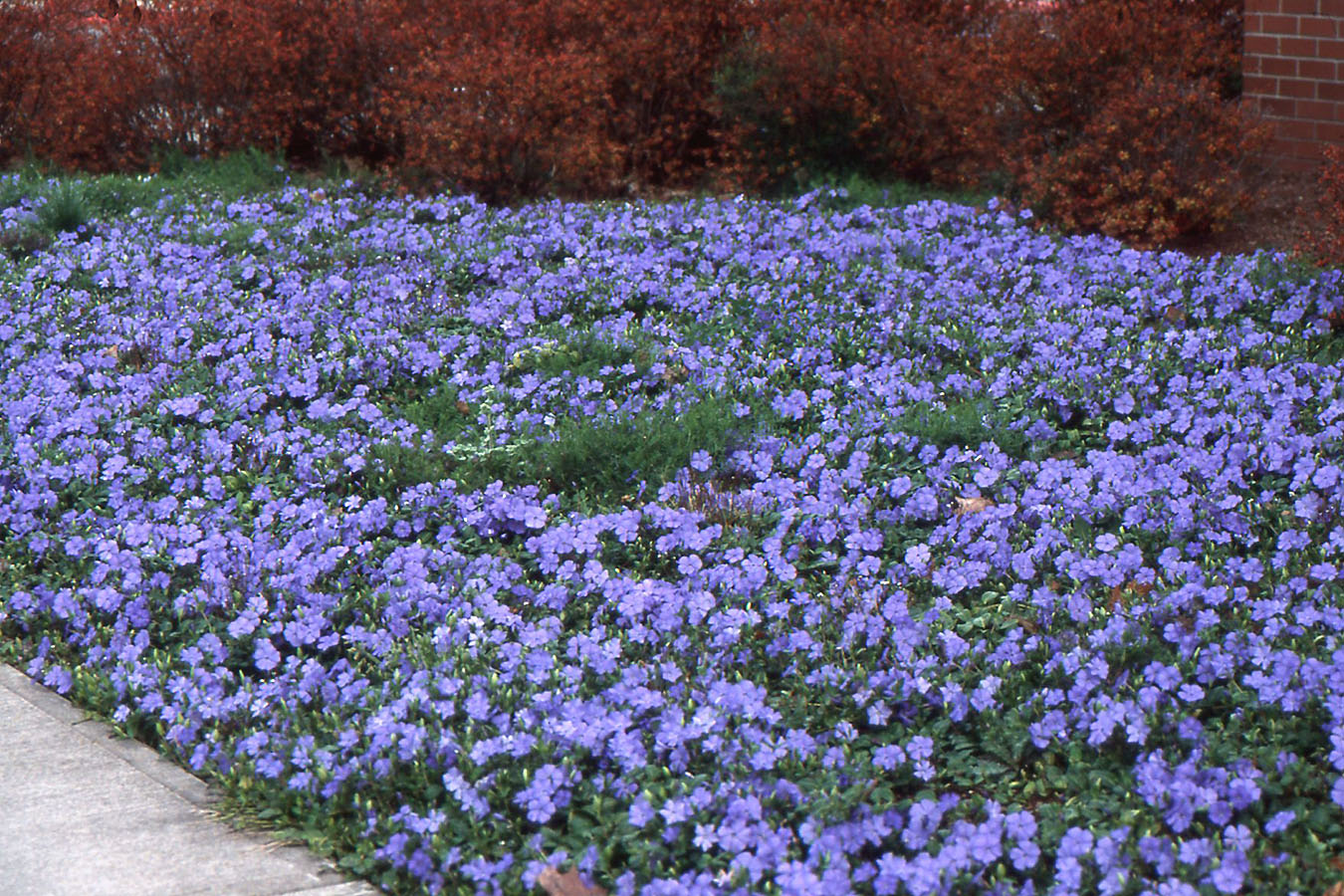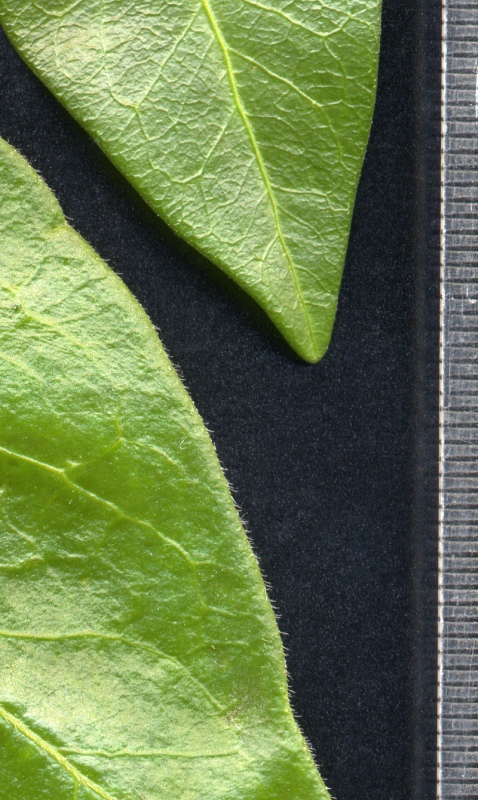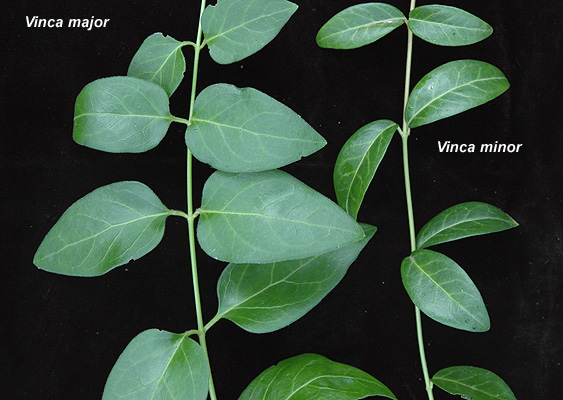[1] The Macdonald Encyclopedia of Medicinal Plants. Roberto Chiej. Publisher-
Macdonald and Co. London and Sydney. ISBN 0-356-10542-3.
[2] Mediherb- A herbal extract company based in Warwick Qld. 4370 Australia
www.mediherb.com
Images
1.
landscapeplants.oregonstate.edu
by 2021 Oregon State University
 Vinca
minor. Lesser periwinkle
Family: Apocynaceae
Vinca
minor. Lesser periwinkle
Family: Apocynaceae
 Similar
plants.
Similar
plants. 
